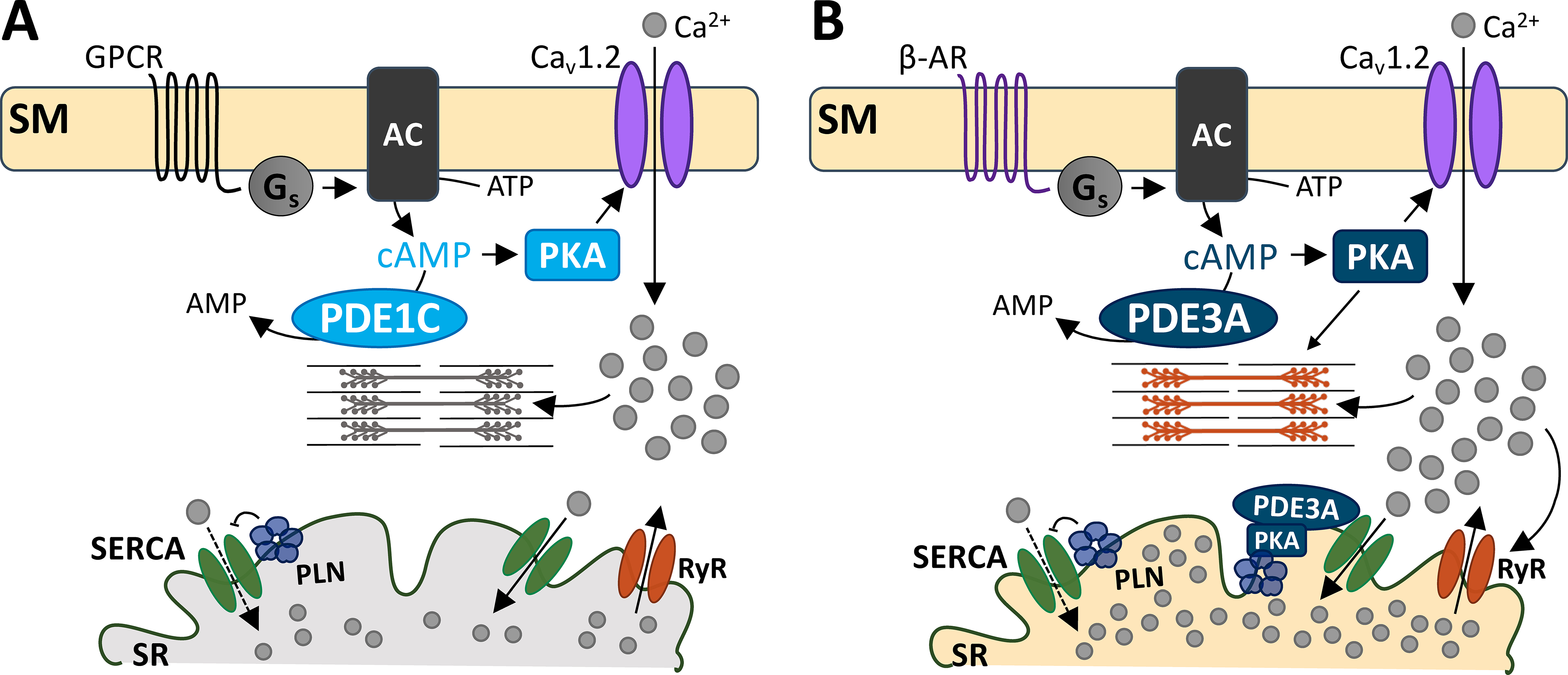Figure 8. Schematic of the proposed working model.

While both PDEs 1 and 3 hydrolyze cAMP, they do so in distinct microdomains. A) G-protein coupled receptor signals to Gs protein to increase cAMP production. PKA activation subsequently increases Cav1.2 activity, allowing Ca2+ entry and cell shortening. PDE1C is at this domain, hydrolyzing sarcolemmal cAMP. B) PDE3A hydrolyzes both the sarcolemmal and a different pool of cAMP at the SR. At the sarcolemma, PDE3A- hydrolyzes cAMP that is produced by β-AR stimulation. PKA-mediated Cav1.2 activity leads to increased SR Ca2+ reuptake, because of PDE3A’s functions at the SR. At the SR, PDE3A controls cAMP/PKA signaling. PKA phosphorylation of PLN releases its inhibition of SERCA-mediated Ca2+ reuptake. This augments Ca2+-induced Ca2+ release to augment cell shortening. Abbreviations: sarcolemmal membrane (SM), G-protein coupled receptor (GPCR), β-adrenergic receptor (β-AR), stimulatory G protein (Gs), adenylyl cyclase (AC), phosphodiesterase 1C (PDE1C), phosphodiesterase 3A (PDE3A), protein kinase A (PKA), sarcoplasmic reticulum (SR), SR Ca2+ ATPase (SERCA), phospholamban (PLN), ryanodine receptor (RyR).
